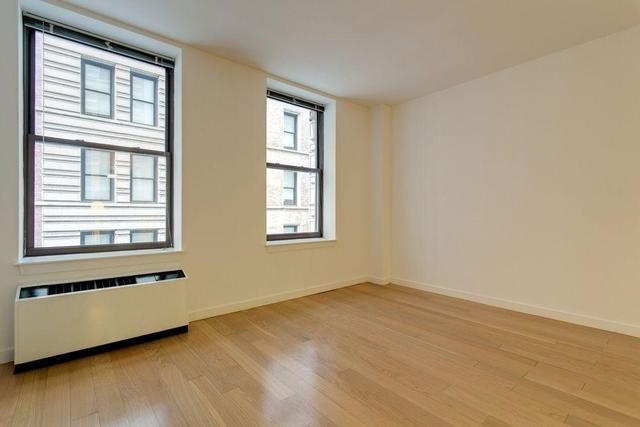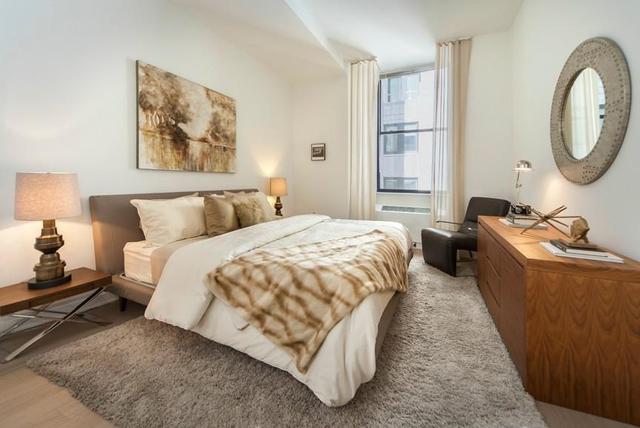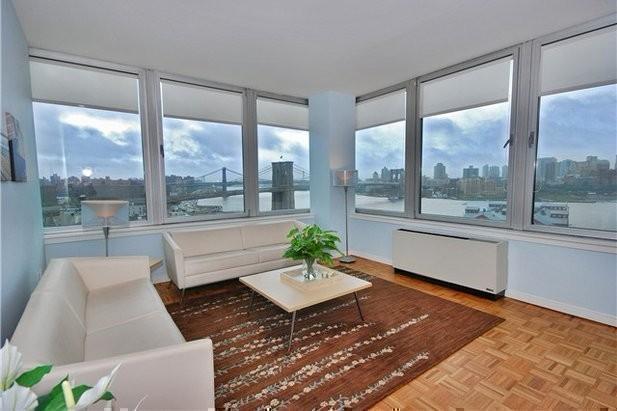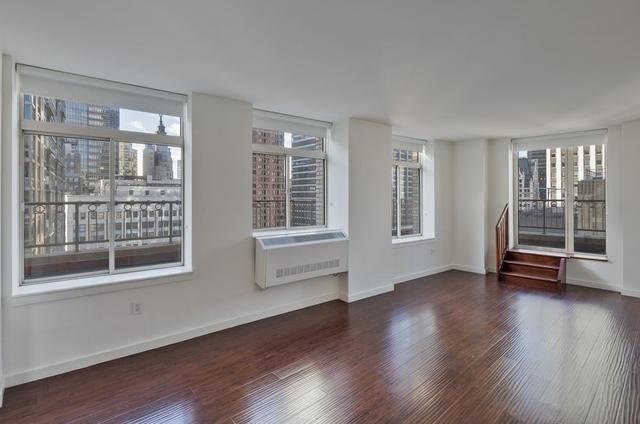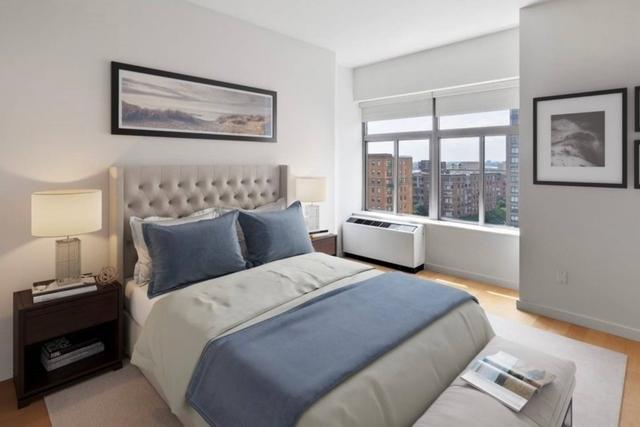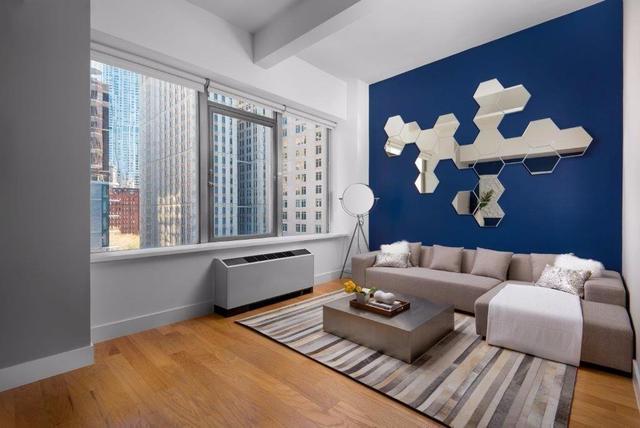
Concrete Homes: Types, Benefits and Costs of Concrete Houses
By: ROS Team
Though wood framing is still the dominant method of construction in the U.S., with 94% of new homes constructed in 2022, concrete homes are also gradually growing. Representing 6% of new construction, concrete houses offer a mix of durability and energy efficiency.
In this blog, we will discuss the types of concrete homes, their advantages, and the key factors influencing their prices to help you decide if a concrete house is the best for you.
What is a Concrete Homes?
A concrete home is a type of house where the main structural components, such as the walls and floors, are constructed using concrete. Concrete is made from a mixture of cement, water, sand, and gravel or crushed stone. This combination forms a solid, durable material that is used to create the foundation and structure of the home.
Types of Concrete Houses / Concrete House Construction Methods
1. Concrete Blocks
Concrete blocks are big rectangular blocks of concrete stacked and held together with mortar to build the walls of a house. They are laid in rows to form a solid structure.
This method is used for exterior walls especially in hurricane-prone areas like Florida because of its durability and wind resistance. But if you want to build a structure with an unusual shape, concrete blocks may not be the best because they are better for simple and straight designs.
2. Insulated Concrete Forms (ICF Construction)
ICFs are one of the most popular forms of concrete construction today. ICFs are hollow blocks or panels made of rigid foam insulation. They are stacked to form the walls and then concrete is poured in. The foam forms stay in place after the concrete hardens and provides structure and insulation.
ICF construction combines the strength and durability of concrete with great insulation, it’s energy-efficient and weatherproof. But ICFs aren’t good for buildings with weird shapes as the rigid foam forms are designed for simple and regular designs.
3. Precast Construction
Precasting involves manufacturing walls, floors, and beams in a factory. The factory environment allows for total control of the quality and accuracy of the components. Once precast components are ready they are transported to the site and assembled to form the house.
This speeds up the build as the components are made in advance and ensures consistency and quality in the end product.
4. Tilt-Up Construction
Tilt-up construction is pouring large concrete panels on the ground at the job site. Once the concrete has cured the panels are lifted or “tilted up” into a vertical position to form the walls of the building.
Tilt-up construction used to be limited in what it could do but has evolved into a very flexible method. However, it’s still best for simple structures as it works best with flat large wall sections.
5. Autoclaved Aerated Concrete
AAC is a lightweight precast concrete with small air bubbles. The blocks or panels are made by mixing cement, lime, sand, water, and a small amount of aluminium powder and then cured in a pressurized steam chamber called an autoclave. AAC is easy to cut and shape has good insulation, and is used for walls and floors.
6. Precast Panels
Precast panels are large sections of concrete walls that can be made to any shape and size in a concrete factory. This is perfect for clean lines and smooth walls in a home. Most of the work is done before the panels get to the site, so this is great for tricky sites. The panels are assembled on site quickly so it’s efficient and adaptable to any design.
What Are the Advantages of a Concrete House?
1. Durable Construction
A concrete home is tough enough to withstand elements like fungal attacks, rust, and insect damage. For homeowners looking for a durable home, this longevity makes it a good investment.
2. Energy-Efficient Houses
Houses made of concrete can cut down energy use significantly. This lets people reduce their heating and cooling expenses by 20 to 25%. The material’s thermal mass ability aids in maintaining a stable inside temperature which eventually lessens the demand for continuous heating or cooling.
3. The Flexibility of Material and Design
Concrete offers extensive flexibility in terms of materials and design and with this, you can achieve diverse architectural styles. It can be shaped into different forms and thus is suitable for various design preferences.
4. Noise Reduction
When it comes to reducing the spread of unwanted noise, concrete is the top choice. According to the National Concrete Masonry Association (NCMA) report, choosing concrete masonry really helps in controlling noise.
5. Excellent for High-Risk Areas
Concrete homes are ideal for areas where the risk of flooding, earthquakes, and storms such as hurricanes is high; for example, Insulated Concrete Form (ICF) walls can withstand winds of up to 150 miles/h, thus providing a lot of protection in extreme weather conditions.
6. Low-Maintenance
Homes made of concrete require less maintenance than traditional wood-frame houses. Much of the upkeep that can add to a homeowner’s costs over time is much lower with concrete use. This is because problems such as termites, mold, and weather damage, which are common issues for wood, are less prevalent with concrete, as it is more resilient.
7. Environmentally Friendly
Concrete is known for its environmentally friendly nature, as it needs less energy to regulate a home’s temperature. Plus, concrete acts like a sponge for CO2, offering a green solution throughout its lifespan.
What Are the Disadvantages of a Concrete House?
1. Higher Initial Cost
Concrete houses’ initial cost is typically more than wood-frame (stick-built) houses. The increased cost of these materials is attributed mainly to labor, transportation, materials, and competition in the market.
For instance, the cost of using concrete blocks instead of wood framing and drywall can be up to three times higher, thus making concrete construction initially more costly than stick-built houses.
2. Availability of Skilled Labor
Concrete house construction requires skilled workers, and not everyone possesses the tools and skills required for that type of construction. The limited number of construction companies that can build concrete houses means fewer alternatives and possibly higher costs because of the special labor force.
3. Aesthetics
The appearance of concrete is not always attractive to the public. Some individuals might consider the aesthetics of concrete too cold or too industrial. Even though there are numerous ways to finish concrete to enhance its looks, it can still fail to impress individuals who prefer the comfort and charm of traditional wood-frame houses.
How Long Do Concrete Homes Last?
Concrete homes are constructed to last for many decades. The longevity of the concrete used in buildings and homes usually ranges from 30 to 100 years. However, this largely depends on the installation methods and construction style.
The type of concrete used greatly influences the durability of the concrete house. In other words, some mixtures can withstand extreme environmental factors such as weather. The correct construction methods as well as the right kind of materials can make a concrete home last longer for many generations to come.
Are Concrete Homes Cheaper to Build?
After reading so many positives about concrete homes you would be wondering how much does it cost to build a concrete house?
Building a concrete house is generally more expensive than constructing a traditional wood-framed house. According to HomeAdvisor, the average concrete house cost of a 2,200-square-foot concrete house ranges from $242,000 to $550,000, with an average of around $340,000.
However, it’s important to note that while the initial construction costs are higher, concrete houses offer energy savings of about 20% to 30% compared to traditional wood-framed houses. These energy savings can help offset the higher upfront costs over time.
Tip: “You can lower construction expenses by minimizing customizations, opting for more affordable materials, and scaling down the size of the home.”
Is a Concrete House a Good Idea?
YES. If you want a long-lasting, energy-efficient, and low-maintenance house, then you should opt for a concrete house. It ensures safety for energy, cash, and the house from pests, weather, and noise. On the flip side, a concrete house tends to have higher initial costs and can sometimes look like an industrial building, so not everyone may like this option.
Related Articles:
Types Of Foundations
Causes Of House Settling
Choosing the Right Brick for Your Home



